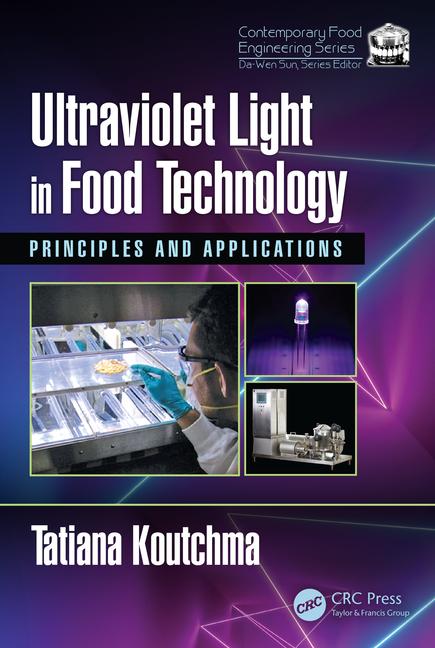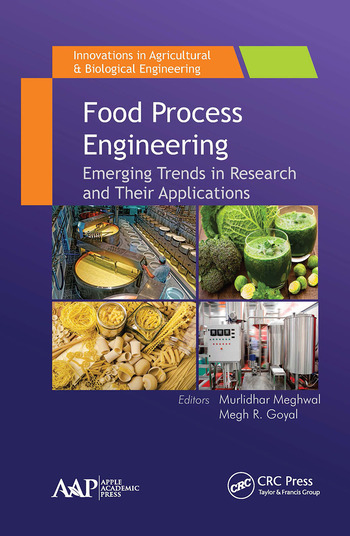Understanding E-Beam Effectiveness in Food Safety Applications

Image courtesy of NextBeam.
As the global population increases and supply chains become more complex, ensuring the safety of food has never been more critical.
E-Beam (electron beam) technology, a form of ionizing radiation, has emerged as a powerful tool in enhancing food safety. This article delves into the effectiveness of E-Beam technology in various food safety applications, exploring its benefits, challenges and future potential.
Understanding E-Beam
E-Beam technology involves the use of high-energy electrons to treat food products. The basic principle revolves around accelerating electrons to high velocities and directing them at food items. These high-energy electrons penetrate the food, causing ionization that disrupts the DNA of microorganisms, rendering them inactive. The food product itself is not damaged, and the electrons easily pass through common packaging materials.
E-Beam is a clean and sustainable process that does not involve any radioactive materials. The radiation used as the “kill step” is safely contained inside a large concrete bunker. Compared to other irradiation methods like gamma rays and X-rays, E-Beam technology offers several advantages. Gamma rays, which are derived from radioactive isotopes, pose challenges in terms of storage and handling due to their continuous emission. X-rays, while effective, require more complex shielding. E-Beam technology, on the other hand, can be turned on and off, offering more control and safety in its application.
Applications of E-Beam in Food Safety
Microbial Reduction
Microbial contamination is a significant threat to food safety, responsible for illnesses and even fatalities. E-Beam technology has proven highly effective in reducing microbial load in various food products. For instance, studies have shown that low amounts of E-Beam irradiation can significantly reduce pathogens such as E. coli, salmonella, and listeria in meats, poultry and seafood. By disrupting the DNA of these microorganisms, E-Beam prevents them from reproducing and ensures that the food is safe for consumption without compromising its quality.
Shelf Life Extension
By reducing the microbial load, E-Beam slows down spoilage processes and extends shelf life. This is particularly beneficial for products such as meat, poultry, seafood, dairy, fruits and vegetables. Extended shelf life not only reduces food waste but also provides economic benefits by allowing longer distribution and storage periods.
Pest Control
E-Beam technology is also effective in controlling pests in food products - this use of E-Beam is often referred to as a “phytosanitary” process. Grains, nuts and dried fruits are often susceptible to infestation by insects and other pests. Traditional methods of pest control involve chemical treatments, which can leave residues and pose health risks. E-Beam provides a non-chemical alternative, effectively eliminating pests without leaving harmful residues.
Decontamination of Packaging
The packaging of food items plays a crucial role in maintaining safety. E-Beam technology can be used to sterilize packaging materials prior to filling, ensuring that they do not introduce contaminants to the food. This is particularly important for products that are ready-to-eat or have minimal processing before consumption.
Advantages of E-Beam Technology
Efficiency
E-Beam technology is known for its rapid processing times. The high-energy electrons can penetrate the food quickly, allowing for large volumes to be treated in a short period. This efficiency is a significant advantage for food manufacturers looking to ensure safety without slowing down production lines.
Non-thermal Process
Unlike traditional heat-based sterilization methods, E-Beam irradiation is a non-thermal process. This means that it does not raise the temperature of the food significantly, preserving its quality and nutritional value. Heat-based methods can sometimes alter the texture, flavor, and nutrient content of food, but E-Beam maintains the integrity of the treated products.
Environmental Impact
E-Beam technology is also environmentally friendly. It reduces the need for chemical treatments, which can have adverse environmental effects. Additionally, E-Beam systems generally consume less energy compared to other irradiation methods, contributing to a smaller carbon footprint.
Challenges and Limitations
While E-Beam technology is effective, it does have its limitations.
Technical Limitations
The penetration depth of E-Beam is relatively shallow compared to gamma rays and X-rays. This means that it is less effective for treating bulk or dense foods where deeper penetration is required.
Regulatory and Consumer Acceptance
Regulatory approval for E-Beam technology varies by region, with some countries having more stringent regulations. In the U.S., FDA endorses E-Beam irradiation as an effective method for food safety and provides guidelines as to its use and labeling requirements. Gaining consumer acceptance can be challenging due to misconceptions about irradiation. Despite its safety and benefits, the term "irradiation" can evoke negative reactions. Educating consumers about the safety and advantages of E-Beam technology is crucial for acceptance.
Quality and Nutritional Impact
While E-Beam is a non-thermal process, there can still be concerns about its impact on food quality and nutrition. Some studies have raised questions about potential changes in texture, flavor and nutrient content. However, extensive research has shown that these changes generally do not affect most products. In the cases where a difference is present, it is typically minimal and does not outweigh the safety benefits provided by E-Beam irradiation.
Real-World Applications
Several food industry leaders have successfully implemented E-Beam technology.
Omaha Steaks uses its own E-Beam facility to treat many of its product lines, as do large food producers such as Cargill, Schwan’s, Utah Beef and others.
Numerous research studies have validated the effectiveness of E-Beam technology. Comparative studies have shown that E-Beam is as effective, if not more so, than other sterilization methods in reducing microbial load. For instance, a study published in the Journal of Food Protection highlighted that E-Beam irradiation effectively reduced Salmonella in ground beef without compromising its sensory qualities.
Future Prospects and Innovations
The future of E-Beam technology in food safety looks promising, with ongoing advancements making it even more effective and accessible. Innovations in E-Beam equipment are improving penetration depth and reducing cost. Integration with other food safety technologies, such as high-pressure processing and cold plasma, is also being explored to enhance overall food safety protocols.
There is growing interest in using E-Beam for new food categories, such as ready-to-eat meals and specialty foods. Additionally, as regulatory frameworks evolve and consumer awareness increases, the global adoption of E-Beam technology is likely to rise.
It’s a Good Time to Look At E-Beam
E-Beam technology stands out as a powerful tool for enhancing food safety. Its ability to reduce microbial load, extend shelf life, control pests, and decontaminate packaging makes it an invaluable asset for the food industry. Despite challenges such as technical limitations and consumer acceptance, the benefits of E-Beam technology far outweigh the drawbacks. As advancements continue and awareness grows, E-Beam is poised to play an even more significant role in ensuring the safety and quality of our food.
In an era where food safety is of utmost importance, adopting advanced technologies like E-Beam irradiation is not just an option but a necessity. The future of food safety lies in innovative solutions that can protect public health while maintaining the quality and integrity of our food supply.
Looking for a reprint of this article?
From high-res PDFs to custom plaques, order your copy today!









